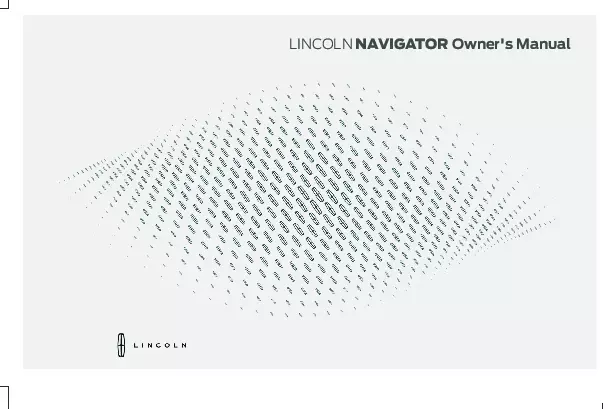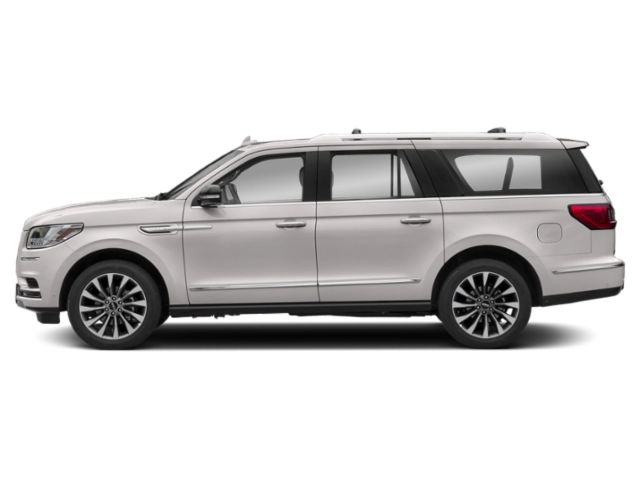2026 Lincoln Navigator Owner's Manual

Table of Contents
2026 Lincoln Navigator Overview
Owner's Manual
The Owner's Manual of the 2026 Lincoln Navigator serves as an essential guide for all drivers, providing in-depth insights and instructions for optimal vehicle operations and maintenance. This comprehensive document encompasses all aspects of the vehicle, from basic controls and features to advanced technology systems and safety protocols. Understanding the manual fosters a deeper connection between the owner and their Navigator, ensuring efficient performance and longevity. Owners are encouraged to familiarize themselves with the manual to fully leverage the innovative functions and features that Lincoln has built into this exceptional vehicle. Additionally, it contains vital information regarding warranty coverage, scheduled maintenance, and troubleshooting, enabling owners to address potential concerns swiftly and confidently.
Introduction
The 2026 Lincoln Navigator redefines the luxury SUV experience, blending opulent comfort with cutting-edge technology. This flagship model continues to uphold Lincoln's tradition of sophistication while incorporating modern advancements that cater to the demands of today's drivers. With its bold exterior design and meticulously crafted interior, the Navigator promises an unparalleled journey whether you're navigating city streets or embarking on cross-country adventures. Each detail, from the striking front grille to the spacious cabin, has been conceived to envelop passengers in a world of luxury and convenience.
Powertrains
The 2026 Lincoln Navigator is powered by a robust 3.5-liter EcoBoost V6 engine, delivering an impressive balance of power and efficiency. This turbocharged engine generates substantial horsepower and torque, ensuring that every drive boasts dynamic performance. Coupled with a 10-speed automatic transmission, the Navigator provides smooth and responsive acceleration, while an advanced all-wheel-drive system enhances stability and control on various terrains. Drivers can expect outstanding towing capabilities, making the Navigator an ideal choice for both families and outdoor enthusiasts.
Trims
The 2026 Lincoln Navigator is available in several trims, each providing tailored luxuries and features to suit different preferences. The base model, Navigator, offers a wealth of standard amenities, while the Reserve adds enhanced technology and interior upgrades for a more luxurious experience. The Black Label trim elevates the Navigator to a new realm of sophistication, offering exclusive interior designs and bespoke services. With various configurations, owners can select a trim that perfectly aligns with their lifestyle and desires.
Features
The 2026 Lincoln Navigator is packed with advanced features that enhance comfort, convenience, and safety. Inside, a lavish cabin awaits, boasting leather upholstery, heated and ventilated seats, and a state-of-the-art infotainment system with a large touchscreen display. Driver-assistance technologies, including adaptive cruise control, lane-keeping assistance, and a 360-degree camera system, promote peace of mind on the road. Furthermore, innovative connectivity features keep passengers engaged, ensuring that every journey is as enjoyable as it is luxurious.
User manual download
The Lincoln Navigator owner manual for the 2026 model year is to be found in PDF downloadable format on this page. The owner manual for the model year 2026 is free and in English, but the repair manuals are usually not easy to get and may cost more.
Manual Questions
Fill the form below and someone will help you!

